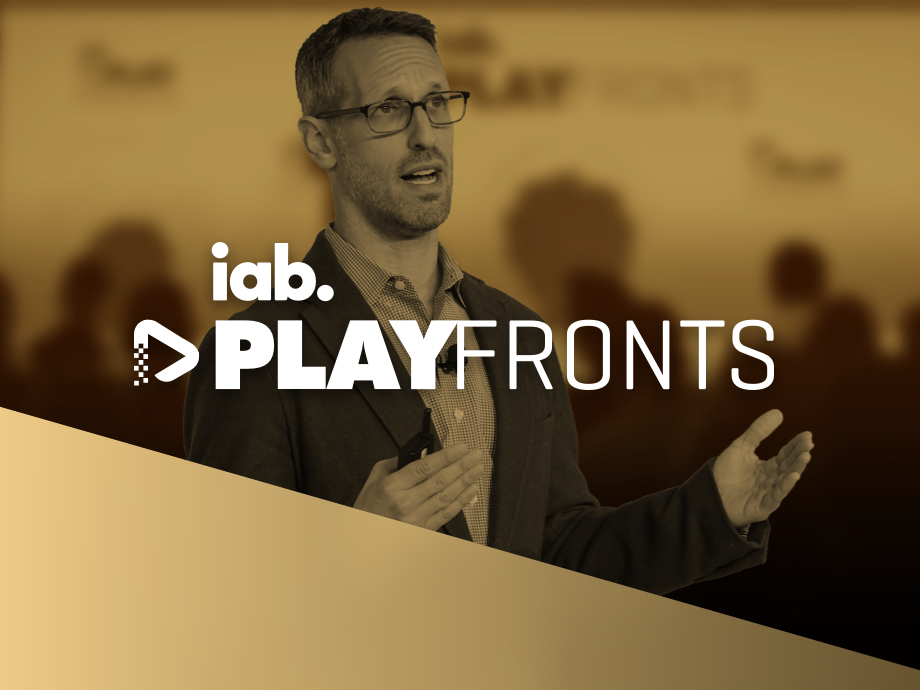With Us

Blog
Redefining 'Gamer': What Today’s Diverse Audience Means for Brands
7 minute read
Gaming today is far from a niche hobby. With billions of players around the world engaging with gaming on a regular basis, widespread adoption of gaming has expanded the definition of a "gamer" far beyond the stereotypical image many still hold.
Yet, despite the mainstream status of gaming, the question of who exactly qualifies as a "gamer" remains complex. For brands, understanding this evolving identity is crucial to unlocking the full potential of gaming as an advertising channel.
Breaking Down the Gamer Stereotype
The term “gamer” has been historically loaded with stereotypes, which paint the picture of a young man obsessed with video games. This outdated perception was solidified during the early days of gaming, particularly throughout the 1980s and 1990s. Back then, video games were predominantly designed for and marketed to male youths (Stringfield, 2022, Get in the Game: How to Level Up Your Business with Gaming, Esports, and Emerging Technologies).
However, the gaming landscape has dramatically transformed since those early days. Today, the global gaming audience is almost evenly split between men (54%) and women (46%), with the average gamer being 35 years old (GlobalWebIndex, GWI Gaming, Q4 2022 – Q2 2024, Base: Global Internet Users 18+). The rise of mobile gaming, which now accounts for 79% of the gaming audience (Newzoo Global Gamer Study, “How Consumers Engage with Games Today,” 2023), has contributed to the broadening of gamer demographics.
Despite the diversification of the gaming audience over the years, the term “gamer” still carries the weight of historical connotations, which can obscure just how mainstream gaming has become. New research from Activision Blizzard Media reveals that less than half (42%) of those who play video games identify as “gamers” (Activision Blizzard Media Gaming Study via Toluna, July 2023, Base: US & UK Adults 18+). Players who enjoy casual mobile games and may not meet the outdated criteria of what a "gamer" is supposed to be can especially be overlooked.
Today, the “gamer” label is still tied to notions of high frequency gameplay and a passionate dedication to the pastime. “Gamer” status is often reserved only for those deeply immersed in the gaming world, and a division between “hardcore” and “casual” players has emerged to segment the gaming community. “Hardcore” players are often viewed as the “real” gamers—those who invest much of their time and emotional energy into gaming. In contrast, “casual” gamers, who may only play mobile or puzzle games, are sometimes dismissed as less serious despite their high levels of gaming engagement. The resulting reluctance among players to embrace the “gamer” label can lead to an underestimation of the size and potential of the gaming audience.

The Modern Gamer: A Diverse and Complex Audience
The reality is that today’s gamers are incredibly diverse, spanning different ages, genders, and gaming preferences. While some still fit the “hardcore” gamer stereotype, many others do not. Our research shows that gamers define themselves along a spectrum, with varying levels of identification based on factors such as preferred genres, hobby prioritization, and platforms used (Activision Blizzard Media Gaming Study via Toluna, July 2023, Base: US & UK Adults 18+).
Interestingly, the use of gaming-specific language—slang and jargon—appears to be the strongest indicator of whether someone identifies as a “gamer.” Those who use gaming lingo are more likely to have deeper ties with gamer identity (Activision Blizzard Media Gaming Study via Toluna, July 2023, Base: US & UK Adults 18+). This finding points to the importance of social and cultural connections within the gaming world, where language serves as a marker of identity.
The diversity of the gaming audience presents a unique opportunity for brands. Instead of targeting only the stereotypical “gamer,” advertisers should recognize the broader spectrum of gaming identities. By doing so, they can tap into a vast and engaged audience that might not traditionally be considered part of the “gamer” community but is just as valuable.

Why Brands Should Invest in Gaming
Understanding the nuanced identity of gamers has direct implications for how brands should approach gaming as an advertising channel. The diversity of gaming engagement means that there are multiple entry points for brands to connect with consumers in meaningful ways. Whether through in-game advertising, sponsorships, or creating content that resonates with different segments of the gaming population, the possibilities are extensive.
Mobile gaming, for example, offers a valuable platform for advertisers. Of the 2.8 billion people playing mobile games worldwide (Newzoo Global Games Market Data, 2024), 53% game most days of the week (GlobalWebIndex, GWI Gaming, Q4 2022 – Q2 2024, Base: Global Internet Users 18+). Through mobile gaming, brands can reach a broad, diverse, and highly engaged audience in what is increasingly considered to be a premium gaming environment. 73% of mobile players think of mobile games as high quality gaming experiences (Premium by Design, US, 2023). Although mobile players do not tend to be thought of as traditional “gamers,” they are an integral part of the gaming community with untapped potential for brands.
Embracing the Future of Gaming
The gaming audience is no longer confined to the outdated stereotypes of the past. As gaming continues to evolve and expand, so too does the definition of what it means to be a gamer. By embracing the diversity of the gaming audience, advertisers can leverage gaming as an effective channel where they can connect with their target consumers.
Gaming offers a unique combination of scale and engagement that is hard to match in other media channels. In a world where gaming is rapidly becoming one of the most popular forms of entertainment, brands that invest in understanding this space will not only stay ahead of the curve, but also unlock new avenues for growth and engagement.
About the Author
Andrea Fahmy is an Associate Director, Research at Activision Blizzard Media. In this role, she leads research initiatives that generate critical insights into gamer behavior and advertising effectiveness. Before joining Activision Blizzard Media, she served as Manager of Marketing Sciences at PHD. Andrea holds a Master’s Degree in Social Sciences from The University of Chicago and a Bachelor of Arts in Linguistics from Vassar College.
Advertise
With Us
Let's Start By Getting Connected
THE LATEST NEWS & CONTENT
Mobile Gaming: The Common Denominator Among All Game Players
In the increasingly diverse world of gaming, reaching unique, valuable audience segments offers a significant opportunity for brands and advertisers.
Why Multiplatform Players are More Receptive to Advertising
As the gaming industry continues to take its place in the entertainment ecosystem, understanding the different audience segments becomes increasingly critical for brands looking to tap into this lucrative market.
IAB PlayFronts 2024 Recap
The IAB PlayFronts 2024 marked a significant milestone in the digital entertainment sphere, bringing together industry innovators to share insights and chart the future of interactive media for the third year in a row.









